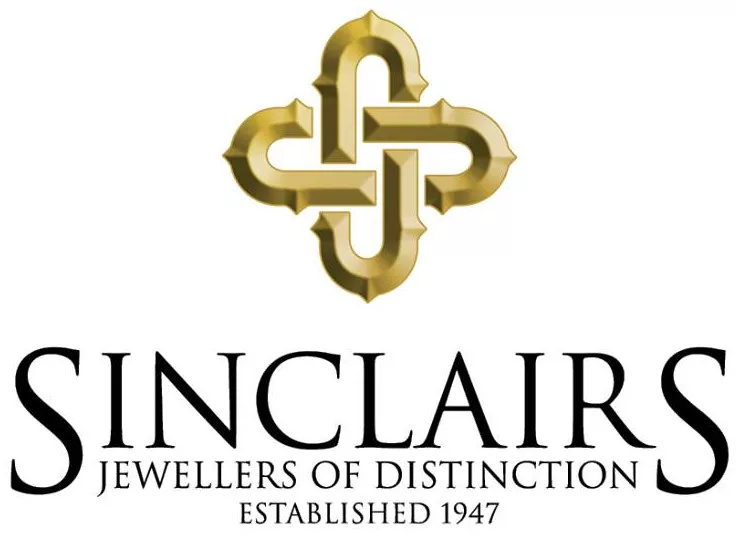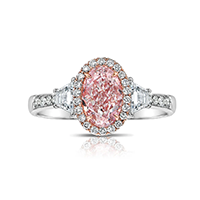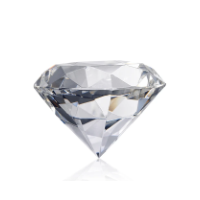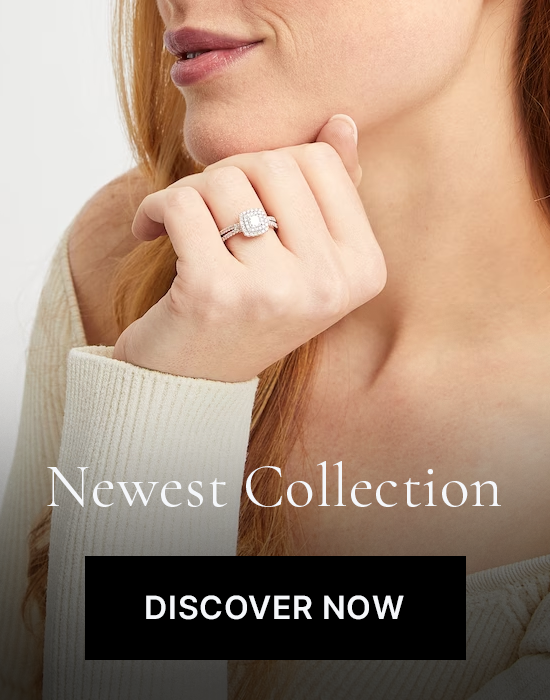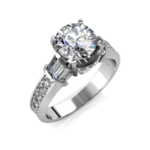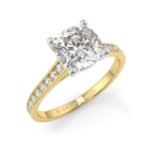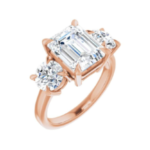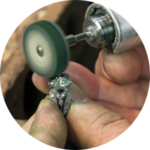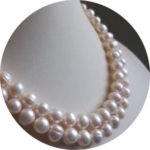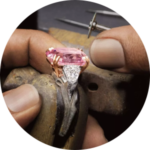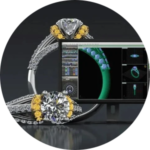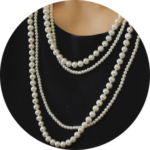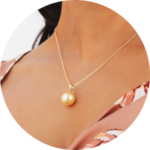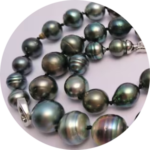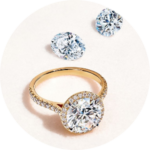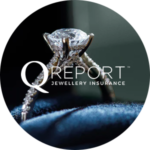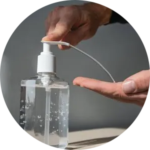Diamond Grading
Before you buy a diamond read this.
Please Note
Goods chosen online can be paid for by phone or direct debit, if the buyer contacts the store.
Colour
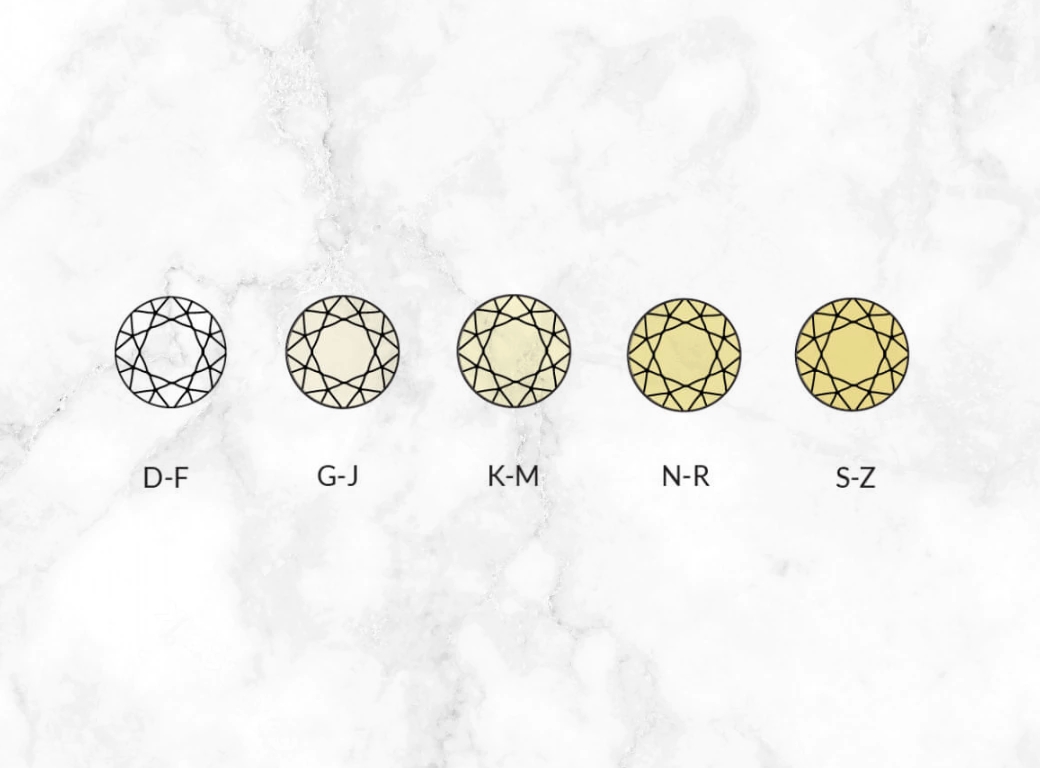

Clarity
Carat Weight


Cut
When a diamond is well cut, light will reflect off one mirror like facet to another and disperse through the top of the diamond – resulting in brilliance and fire. Diamonds that are cut too deep or too shallow lose light through the side and bottom of the diamond. Poorly cut diamonds will be less valuable and brilliant when compared to well-cut diamonds.
Certificate
Many diamond certificates also include a diagram plotted with the diamonds inclusions. Certificates are an independent report that is proof the diamond has undergone an unbiased and professional examination, giving you peace of mind for your purchase and ensuring a quality diamond.

Some other things you should know about diamonds.
Shape

Laser Inscribed
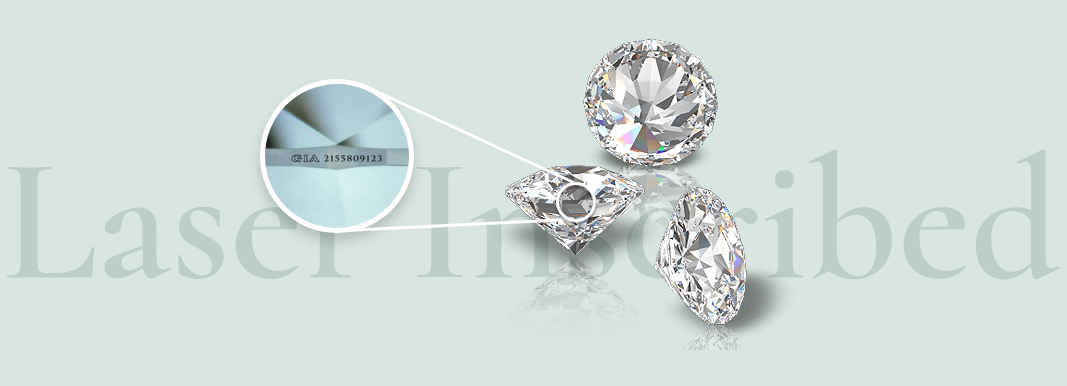
Flouroesence
Visual observation experiments were conducted to study this relationship. Four sets of very similar round brilliant diamonds, covering the colour range from colourless to faint yellow, were selected for the different commonly encountered strengths of blue fluorescence they represented. These diamonds were then observed by trained graders, trade professionals, and average observers in various stone positions and lighting environments.
For the average observer, meant to represent the jewellery buying public, no systematic effects of fluorescence were detected. Even the experienced observers did not consistently agree on the effects of fluorescence from one stone to the next.
In general, the results revealed that strongly blue fluorescent diamonds were perceived to have a better colour appearance when viewed table-up, with no discernible trend table-down. Most observers saw no relationship between fluorescence and transparency.
